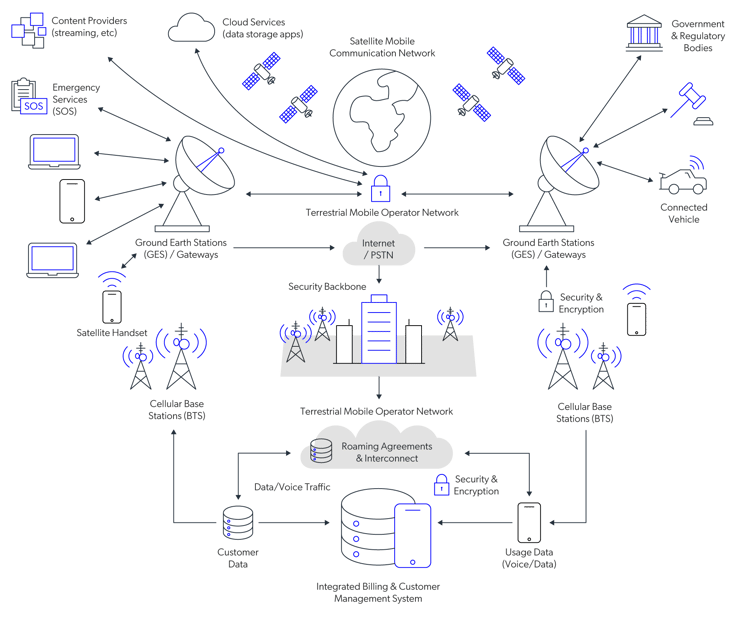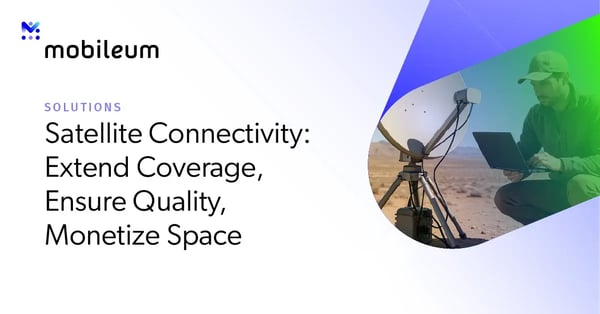For ages, satellites and mobile networks felt like they were living in different worlds. Satellites were the expensive, specialized option, perfect for ships, planes, and remote places, but not something you'd use day-to-day. Mobile operators, meanwhile, built dense networks in cities and towns, but left plenty of blank spots elsewhere. Two industries, two business models, barely speaking the same language. But that’s changing fast.
Thanks to new low-earth orbit (LEO) satellite constellations, latency is dropping. And with Direct-to-Device (D2D) tech, your regular smartphone can now talk directly to a satellite. No bulky satellite phones, no extra gear, just your mobile, working where towers can’t. Throw in 5G (and the promise of 6G), and suddenly satellites and mobile networks aren’t rivals anymore. They’re teammates.
Why Does This Make Sense?
For mobile operators, satellites offer a way to plug coverage gaps without building towers on mountaintops. They add resilience during disasters and help speed up 5G rollouts. For satellite companies, it’s all about scale. Teaming up with mobile operators means access to millions of users, billing systems that already work, and a clear path to revenue.
That’s why we’re seeing partnerships like Vodafone with AST SpaceMobile, T-Mobile with Starlink, and Telefónica with Sateliot. The logic is simple: going solo is tough. But together? They can finally offer true global coverage.
But there’s a catch… While the headlines are all about coverage and innovation, there’s a quieter issue lurking in the background: revenue leakage. What if a call starts on a satellite, but the billing system never gets the stop signal? What if a satellite SMS gets charged like a regular text? What happens when roaming systems don’t recognize non-terrestrial traffic? These might sound like small glitches, but across millions of devices and dozens of partnerships, they can snowball into serious losses, in the magnitude of millions a year.
Making Hybrid Networks Work
The future isn’t satellite vs. mobile, it’s both, working together. But to make this hybrid model sustainable, both sides need to lean on a tried-and-true telecom principle: revenue assurance.
That means making sure every byte, message, and minute that travels between the earth and orbit is tracked, rated, billed, and settled properly. It’s about catching leaks before they happen, and treating assurance not as a cost, but as a competitive edge. 
Final Thought: A Quick Look at the Risks
This convergence is real, and it’s exciting. But if operators want to enjoy the benefits without bleeding revenue, they need to evolve how they manage assurance. The companies that get this right won’t just connect the unconnected, they’ll make sure every dollar earned makes it safely from orbit to the bottom line.




Let Us Know What You Thought about this Post.
Put your Comment Below.